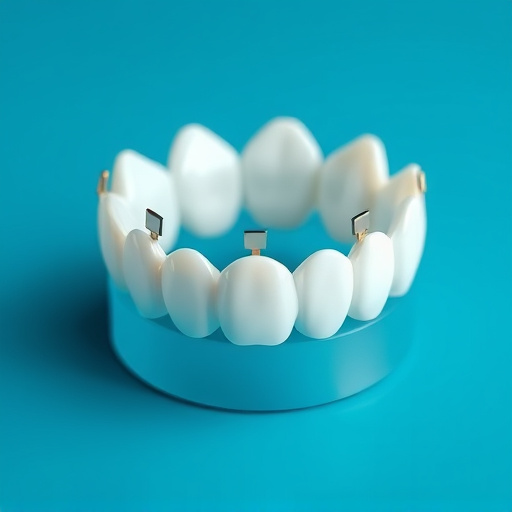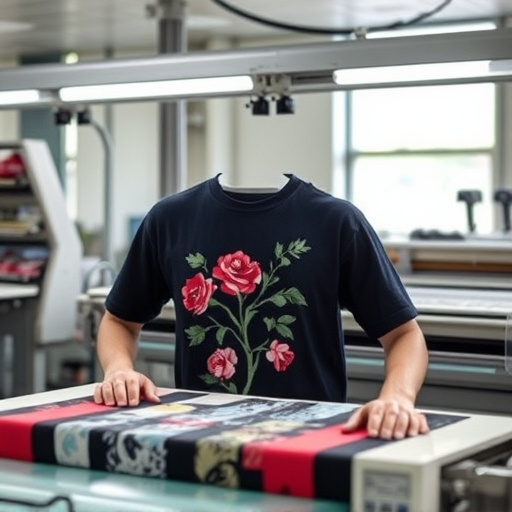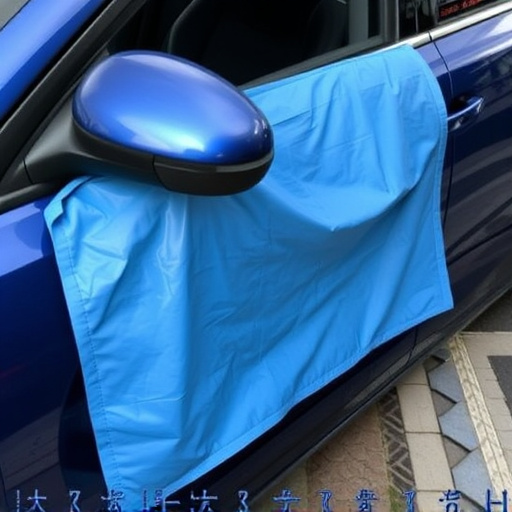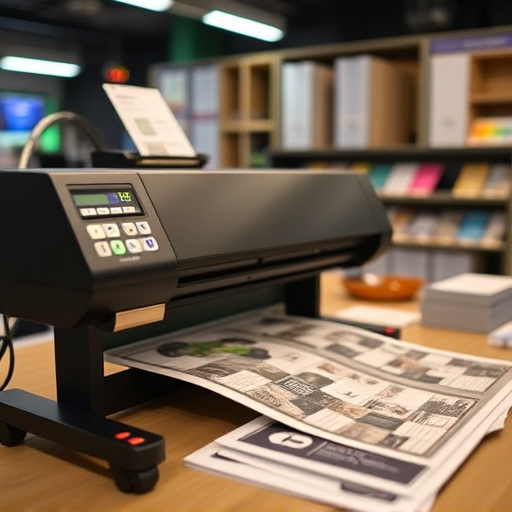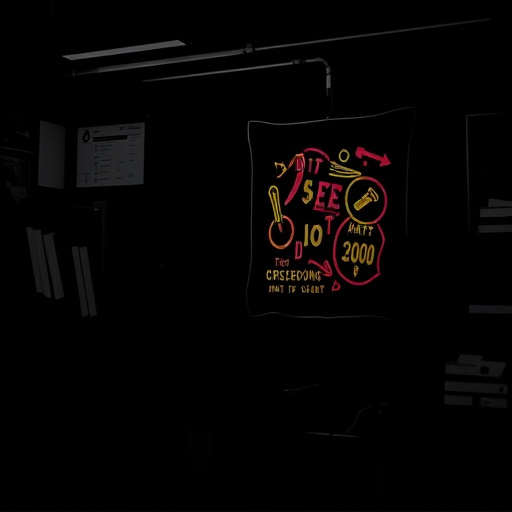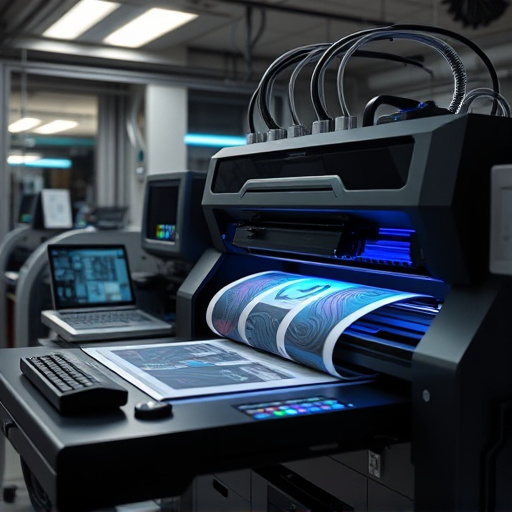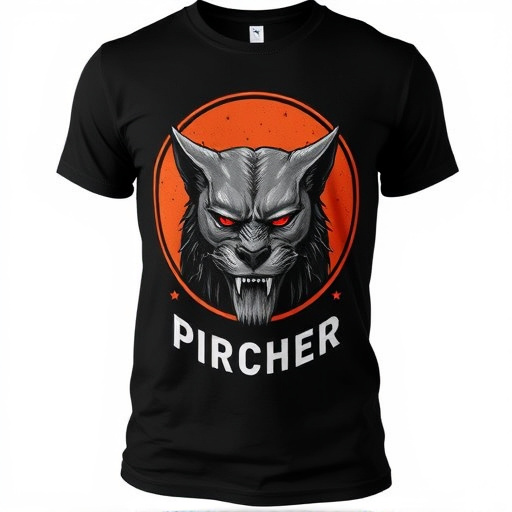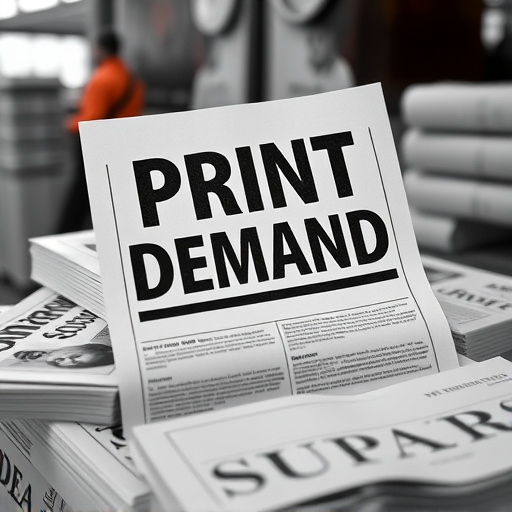Direct to Film (DTF) printing offers a cost-effective solution for businesses, enhancing efficiency with faster turnaround times and flexible production, especially in custom apparel printing. Data-Driven Innovations (DDIs) integrated into DTF further streamline operations, reduce waste, and minimize costs, democratizing design and enabling swift adaptation to market trends. Digital Transfer (DTF) technology minimizes waste and energy consumption, making it an attractive, eco-conscious option for apparel production with significant savings in bulk shirt production.
In today’s competitive landscape, understanding and leveraging DTF (Direct To Final) cost-effective strategies is a game-changer. This advanced application of DTF not only enhances operational efficiency but also drives data-driven innovations across various industries. By exploring these strategies, businesses can achieve significant savings while minimizing their environmental footprint. Unlocking efficiency and embracing sustainable solutions with DTF cost-effective methods sets the stage for long-term success in an ever-evolving market.
- Unlocking Efficiency: DTF Cost-Effective Strategies
- Data-Driven Innovations: Transforming Industries
- Sustainable Solutions: Environmental Impact & Savings
Unlocking Efficiency: DTF Cost-Effective Strategies
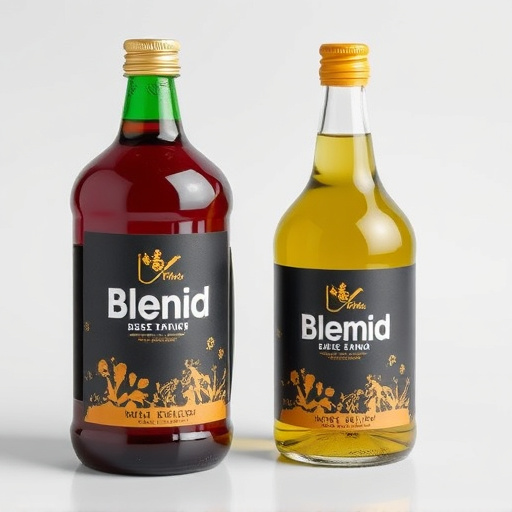
In today’s competitive market, businesses are constantly seeking innovative ways to streamline operations and reduce costs without compromising quality. Direct to film (DTF) printing has emerged as a powerful tool for achieving this balance, offering significant advantages in terms of efficiency and cost-effectiveness. By eliminating the need for traditional plate-making processes, DTF techniques enable faster turnaround times and more flexible production schedules. This is particularly beneficial for custom apparel printing, where demand fluctuates and rapid responses are crucial to customer satisfaction.
One of the key strategies to maximize DTF cost-effective printing involves optimizing the design and artwork preparation process. Using high-resolution digital files and precise color profiles ensures accurate and vibrant prints on a variety of materials, including dark fabrics. This direct-to-print approach not only reduces material waste but also minimizes the risk of misprints, thereby lowering overall production costs. Moreover, investing in advanced DTF printers capable of handling complex designs and intricate details can further enhance efficiency, allowing businesses to take on more orders without significantly increasing overhead.
Data-Driven Innovations: Transforming Industries
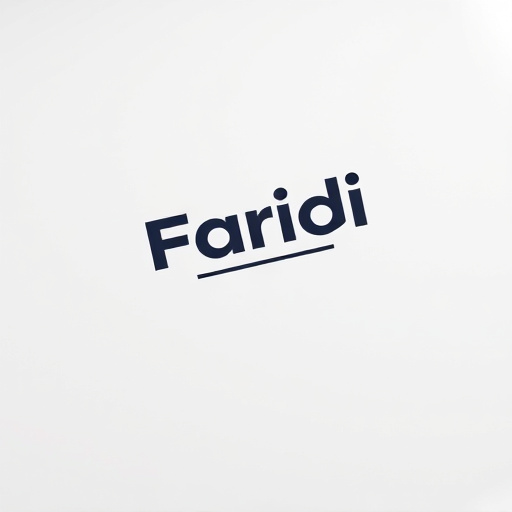
In today’s data-driven world, industries are undergoing a profound transformation as organizations leverage Data-Driven Innovations (DDIs) to gain competitive advantages. One such innovative technology that has revolutionized various sectors is Direct to Fabric (DTF) printing, particularly when implemented cost-effectively. DTF offers a direct and efficient method of applying designs onto materials, including t-shirts and other textiles, using heat press techniques and specialized dtf transfer sheets. This advanced application has democratized design and customization, enabling businesses to swiftly adapt to evolving market trends and consumer preferences.
By integrating DDIs into manufacturing processes, companies can streamline operations, reduce waste, and minimize production costs. The cost-effective nature of DTF printing is further enhanced by the use of high-quality yet affordable dtf transfer sheets, making it accessible for small businesses and startups to compete in the market. This shift towards data-driven innovations not only improves productivity but also opens up new avenues for creativity, ensuring that products remain fresh, relevant, and desirable in a dynamic global landscape.
Sustainable Solutions: Environmental Impact & Savings
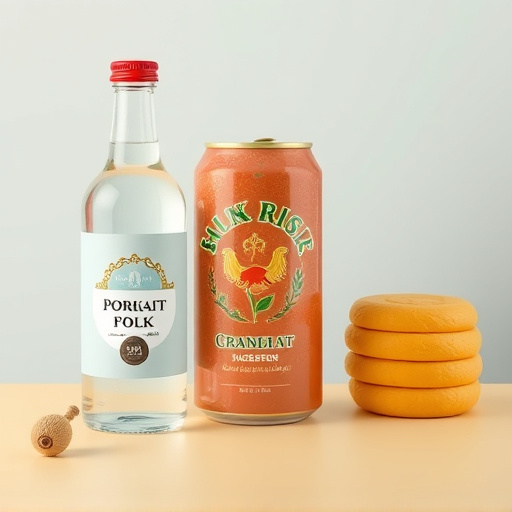
In today’s eco-conscious world, sustainable solutions are at the forefront of many industries’ strategies. The Digital Transfer (DTF) method offers a cost-effective approach that also minimizes environmental impact. DTF heat transfer paper is designed to provide efficient and precise printing on various materials, including apparel. By adopting DTF for apparel production, manufacturers can significantly reduce waste and energy consumption compared to traditional methods. This eco-friendly technology ensures that every step in the production process is optimized, from design to printing and beyond.
The benefits extend to bulk DFT shirt production, where the method’s precision allows for detailed and vibrant designs with minimal material wastage. This not only saves on costs but also contributes to a greener environment by reducing the carbon footprint associated with traditional printing techniques. In terms of savings, DTF offers long-term benefits, making it an attractive option for businesses aiming to embrace sustainable practices while maintaining profitability.
In conclusion, advanced applications of DTF Cost Effective strategies have revolutionized various industries by enhancing efficiency and fostering sustainable solutions. By leveraging data-driven innovations, businesses can unlock unprecedented levels of productivity while minimizing environmental impact. Embracing these cost-effective approaches is not just a strategic move; it’s a step towards a greener, more efficient future for all.


